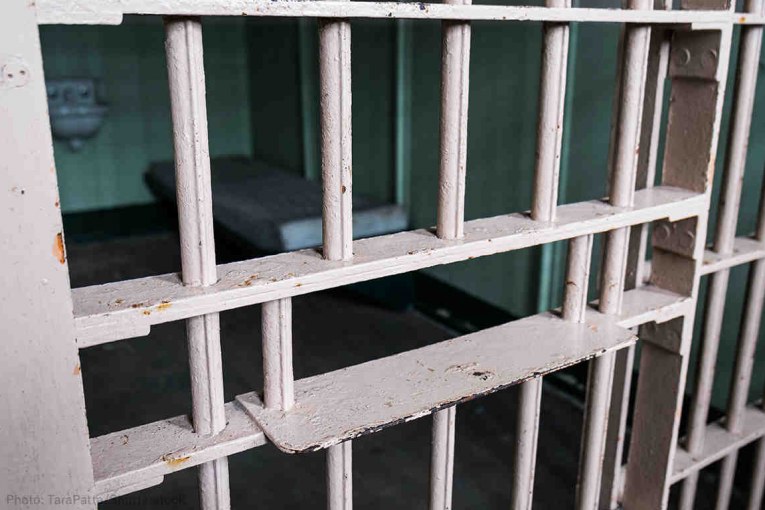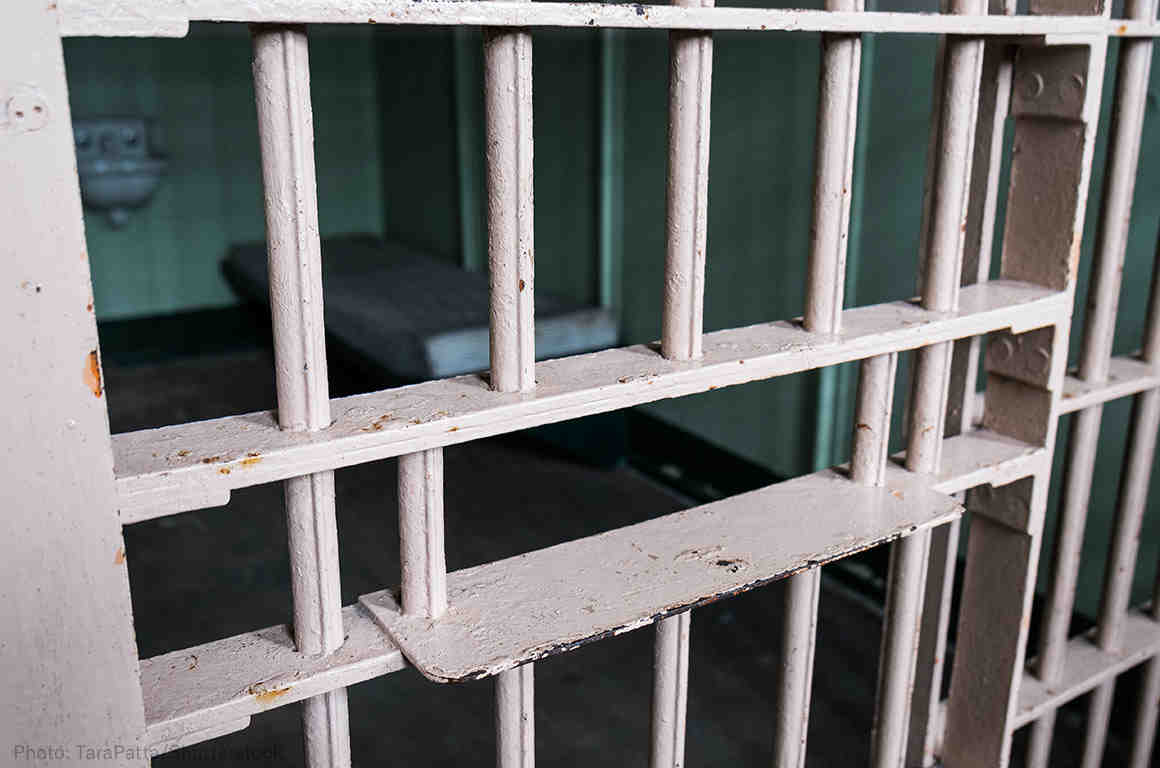

By Shellsea Lomeli
The ACLU’s latest study explores the relationship between incarceration and crime in communities, determining that the reduction of jail populations during COVID-19 did not correlate with changes in crime.
When COVID-19 cases began to rise in the United States, public health experts advised that inadequate responses to the pandemic would result in consequences, especially within the prison and jail populations, which would then project out into surrounding communities.
In April, the American Civil Liberties Union (ACLU), in partnership with university researchers, found that COVID-19 could cause the deaths of nearly 100,000 more individuals than had been previously estimated by other research initiatives.
This significant increase was attributed to failures in reducing the nation’s jail populations. As of now, 50,000 people in prison have tested positive for COVID-19 and 600 people have died from the virus. The ACLU claimed that many of these infections and deaths were preventable.
On July 27, 2020, the ACLU released the results of a study conducted by their analytics team to help determine the relationship between incarcerated populations and crime rates.
“Only after substantial public pressure and threats of litigation, some governors, sheriffs, and judges made the decision to shift detention policies to prioritize protecting the lives of those who live and work in jails and prisons,” the report stated.
Among these policies included reducing the number of low-level arrests made, setting bail to $0 for many low-level charges, or releasing certain groups of incarcerated people who were especially  vulnerable to contracting the virus.
vulnerable to contracting the virus.
“While no jail system has gone far enough, county jails and state prison systems across the U.S. have taken different levels of action, allowing for a unique opportunity to explore the relationship between decarceration and crime in the community,” said the ACLU.
The ACLU’s Analytics Team analyzed data regarding jail population and crime from 29 localities that had large jail and overall populations. These cities included: Atlanta, GA; Riverside, CA; Austin, TX; Louisville, KY; and Portland, OR.
“Nearly every county jail that we examined reduced their population, if only slightly, between the end of February and the end of April,” reported the ACLU, adding, “We found that the reduction in jail population was functionally unrelated to crime trends in the following months.”
The data determined that in almost every city, crime was lower between March and May of 2020 than compared to the same time period of the year prior.
Omaha, Nebraska, reduced its jail population by 5.50 percent and the crime in the location dropped about 13 percent. In Cincinnati, Ohio, jail population was reduced by 35.2 percent while crime fell about nine percent lower than crime reported in March through May of 2019.
“We found no evidence of any spikes in crime in any of the 29 locations, even when comparing monthly trends over the past two years,” reported the analytics team. In other words, the release of incarcerated people from jails in these areas did not raise the amount of crime.
This data counters many of the concerns that community members and leaders presented in opposition to reducing jail populations as a response to the quickening spread of COVID-19.
Many recent reports have attributed the trend of crime decreasing to stay-at-home orders that had stretched across the nation, along with a decrease in overall activity.
“The analysis confirmed that the amount by which a county changes its jail population wasn’t correlated with the amount of change in crime,” concluded the ACLU. “Cycling through a jail is one of the largest risk factors for COVID-19 transmission,” the analytics team emphasized, in accordance to what further research has determined.
Along with their research findings, the ACLU commemorated the actions for the 29 localities from which data was gathered.
“Arresting fewer people and releasing people from jail during a pandemic has undoubtedly saved lives in jails and in surrounding communities.”
However, the ACLU acknowledged that, while effort is being made toward reducing incarcerated populations as a response to COVID-19, the efforts are not believed to be sufficient.
“No state has gone far enough, and all should continue to reduce their jails, prison and detention center populations, particularly for those who are most vulnerable,” the ACLU analytics team advised, noting, “The potential fatal threat of COVID-19 in jails and prisons, and the risk of transmission between jail and the surrounding populations, should be reason enough to release as many people as possible.”
In their report, the ACLU called out California, in particular, as a state that is not doing enough to establish “life-saving policies” such as a statewide policy to set bail at $0 for low-level offenses—which was rescinded by the state’s Judicial Council about a month ago, after being in use for a little more than two months.
“The data shows: We don’t have to choose between public safety and public health,” confirmed the ACLU.
More information about the methodology used by the ACLU in their research and analysis can be found.
To sign up for our new newsletter – Everyday Injustice – https://tinyurl.com/yyultcf9





